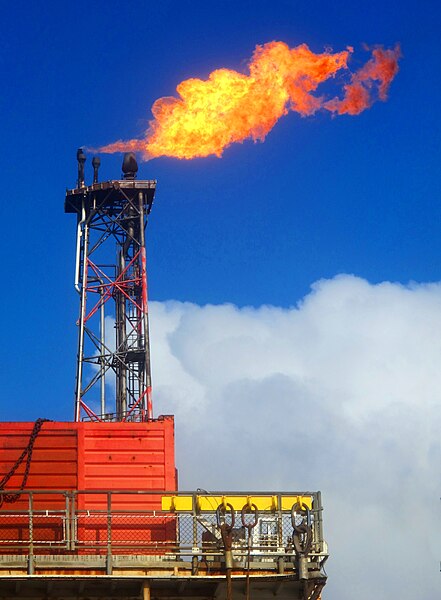I was really proud to see that the University of Bristol declared a climate emergency. It was one of those moments that makes you feel part of a worthwhile institution (despite its many other flaws, like all institutions). Inspired by the exploding #Fridaysforclimate movement and the speeches of brave activist @GretaThunberg, I had been thinking about what I could personally do to contribute to the needed paradigm change. It did not take much reflection to realise that the most effective change in my professional life would clearly be to cut down travel, specially by air. And so, the University’s announcement prompted me to ‘go public’ with it.
This is great news. I take this opportunity to personally pledge to minimise conference travel, especially by air. It is tricky, but we academics need to rethink the way we organise conferences and other events #smallerco2footprintforknowledgexchange https://t.co/6YkJWQ9XCX— Dr Albert Sánchez-Graells (@asanchezgraells) April 17, 2019
This tweet prompted a series of exchanges with colleagues from Bristol and elsewhere. The reaction was mainly in three directions. First, that such a personal ‘no travel policy’ may be impossible to adopt in the context of (UK) academia, where public and conference speaking is used as both a measure of ‘academic productivity’ and as a proxy for esteem/standing in the field for the purposes of eg promotion—so, either you travel, or you may be seen as not doing your job or/and not worthy of (further) promotion. Second, that this would reduce the likely impact of my research and cut me off from potentially relevant audiences. Third, that this would exclude some of the very enjoyable moments that come with academic conferences, where you end up socialising with likely-minded colleagues and developing networks of collaborators and, if lucky, friends.
All of these are important points, so I have given this a little bit more thought.
First, I have to concede that not traveling to conferences will be an issue in terms of justifying my engagement with the academic (and policy-making) communities unless I manage to find a way to still participate in conferences. But this should not be too difficult. Today, there is large number of options to organise webinars and to allow for remote participation in meetings, so there is really no excuse not to take advantage of them. The technology is there and most institutions offer the required equipment and software, so it is high time that academics (and policy-makers) start using it as the default way of organising our interactions. This can even have secondary positive effects, such as the possibility of recording and publishing all or part of the conferences/meetings, so that different people can engage with the discussion at different times.
I also concede that not traveling to conferences and workshops can have a negative impact on ‘CV-building’ and that this will reduce any academic’s prospect of promotion. But I can only say that, to my shame and regret, I have been burning too much CO2 to get to my current academic position. In current lingo, I have exhausted (or, more likely, exceeded) my CO2 budget for conferences, so I can no longer afford to do it. If this means that my employer may not consider me deserving of a higher academic position as they may otherwise have, then I will have to accept any delays that come from implementing a no travel policy. In the grand scheme of things, this is a tiny sacrifice.
I acknowledge that this is something I can do from the very privileged academic position I am lucky to have, so I have no intention of proselytising. However, I do plan to try to change the system. I will work with my local trade union branch to see if we can make specific proposals to reduce the CO2 footprint of the promotions procedure. I will also organise webinars and non-presential conferences and offer every opportunity I can, in particular to early career researchers, so that academics can carry on with ‘CV-building’ (and, more importantly, knowledge-exchange) despite not traveling. These are the remedial actions I can and will implement. If you can think of others, please let me know. I would be more than happy to chip in.
Second, I must say that I have generally reached the audience for my academic work online. Only very rarely have I spoken at a conference or workshop where participants did not know my work from my SSRN page and this blog. With the partial exception of Brussels-based policy-makers (when I have been member of expert groups), every other policy-making body and NGO that has engaged with my work has done so remotely and, oftentimes, without any sort of direct conversation or exchange. There are plenty opportunities for academics to share their work online on open access and this has made the need for last-century-type conferences and workshops largely redundant for the purposes of knowledge and research dissemination. We need to realise this and use it to the advantage of a lower CO2 footprint for knowledge exchange.
Third, the social component is more difficult to address. There is no question that socialising at conferences and workshops has value in and of itself. It is also clear that, once you establish a network, you do not need to meet regularly with your collaborators and friends (however nice it is) to keep it going. So this may be the only aspect of conference travel that could justify going to a very specific event eg to establish new connections or to rekindle/deepen existing ones. But maybe this can be done without flying—eg in the case of UK-based academics like me, to prioritise conferences in Europe and convincing our employers and ourselves to take the extra time to travel by train or bus (anecdotally, most academics I know love train trips).
So, all in all, I have reaffirmed myself in the commitment to minimise my conference travel and, from today, I plan to not accept invitations to speak at or attend any conferences that require me to fly (although I will still fulfill the few prior commitments that I have). I will always ask for a ‘virtual alternative’, though, and I am really hoping that this will be acceptable (or even welcome).
Thus, in case you organise a conference on a topic within my expertise, here is my message: I will not fly to your conference, but I hope you will still invite me to participate. I hope you will because we have the technology to do this and because I value of our exchanges.
———————————
This blog is written by Dr Albert Sanchez Graells, Reader in Economic Law at the University of Bristol. This blog was reposted with kind permission from Albert. You can view his original blog post here.
 |
| Dr Albert Sanchez Graells |










